IN DEPTH
Read the History of Sudbury Park farm, which was opened by the Barham family in 1897, and was sold off for housing in the 1930's.
The Wembley History Society published this account, by Philip Grant, of Sudbury Dairy Farms, in 2016.

Sudbury Park Farm History, prepared from information from Philip Grant, Wembley History Society
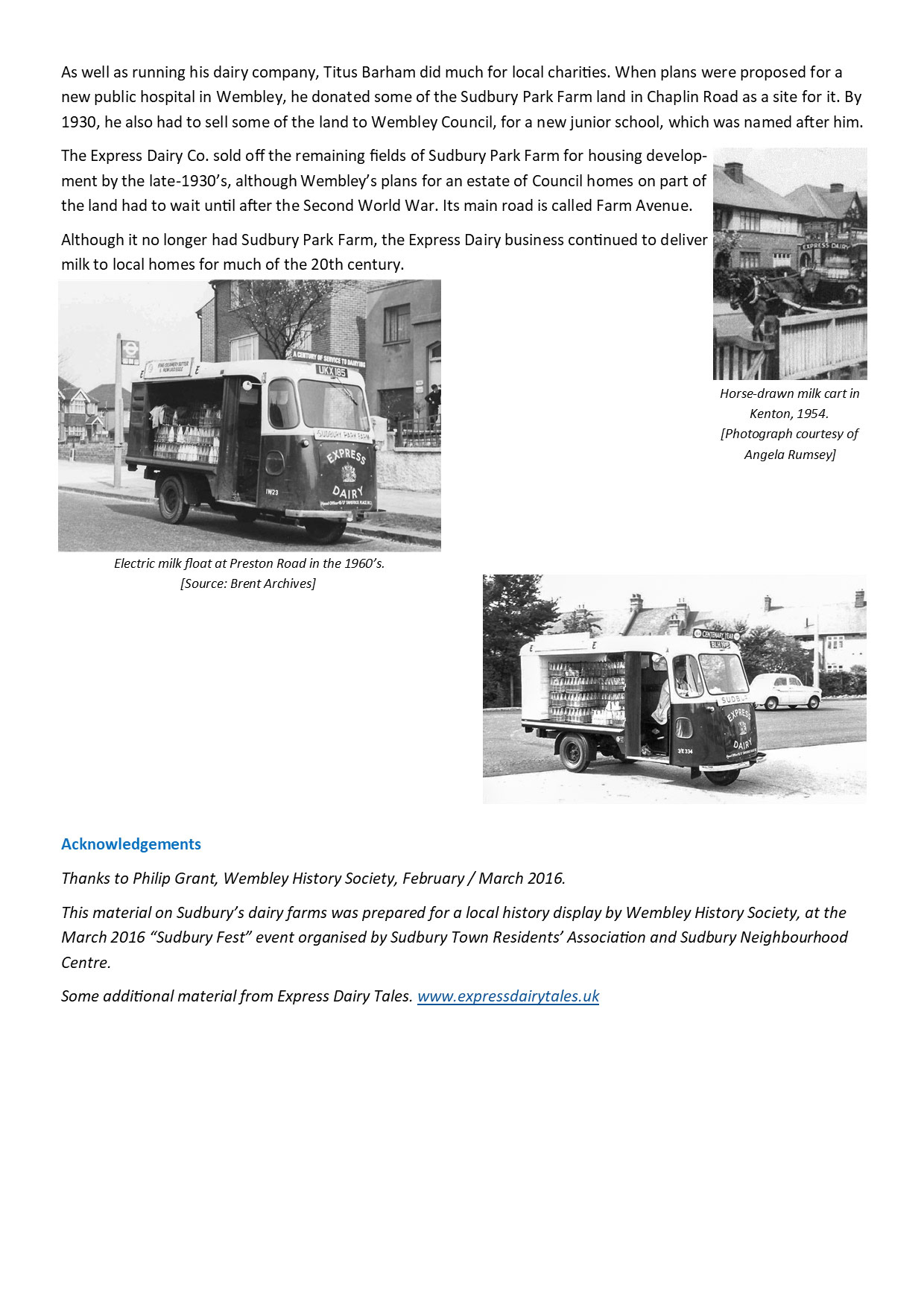
Sudbury Park Farm History, prepared from information from Philip Grant, Wembley History Society
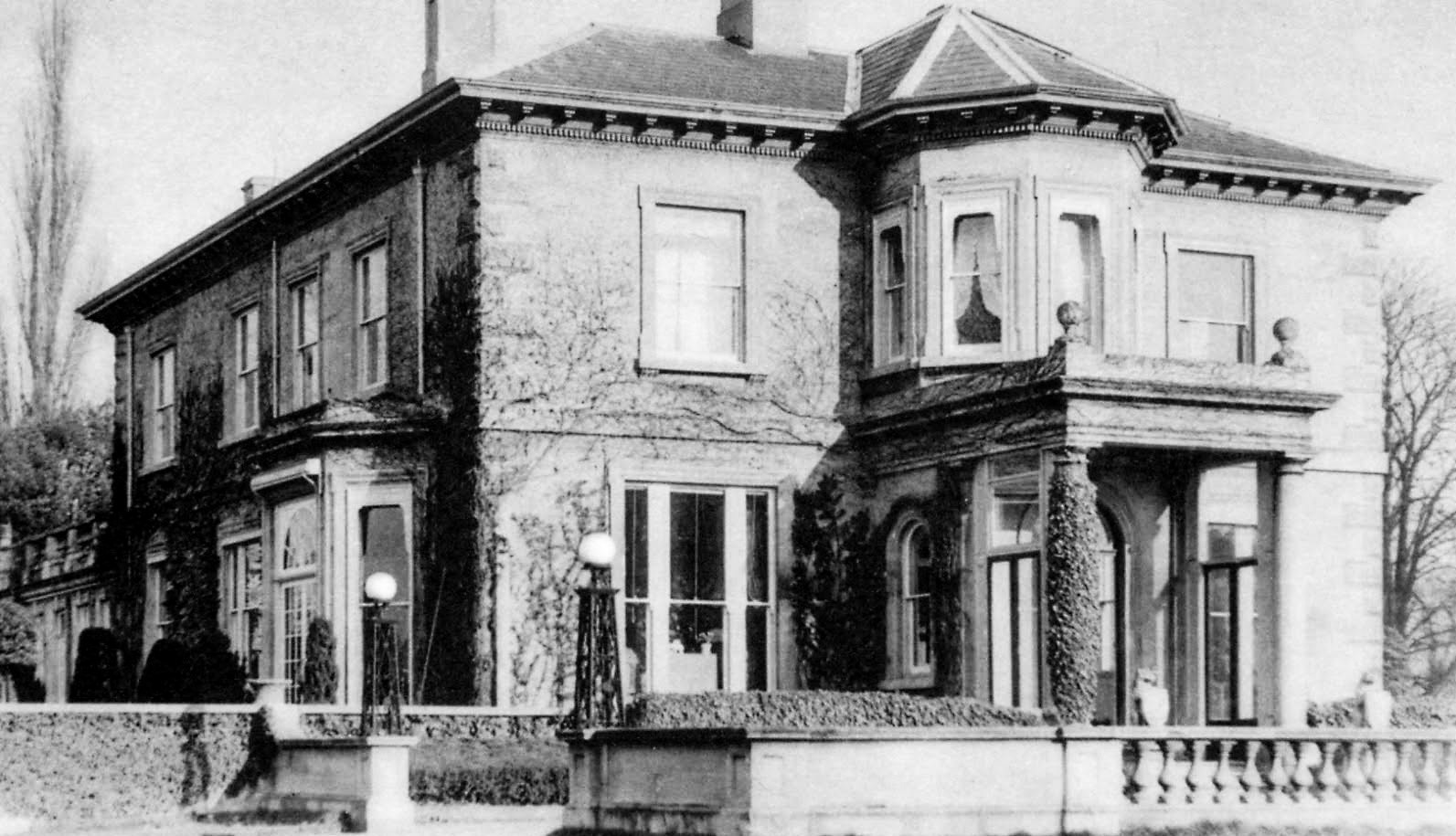
1895 Sudbury Lodge, Wembley, the home of Sir George T. Barham, founder of the Express Dairy. He purchased the Copland estate in 1895, renaming Sudbury Lodge as Barham House. On his death in 1937 Titus Barham, son of Sir George, left Barham House and its grounds to the new Wembley Borough Council. Had he not died he would have been the Borough's first Mayor. The Council neglected the main house so badly that it had to be demolished in 1956-7. (Courtesy Landed families of Britain and Ireland and Brent Council)
![Postcard of Harrow Road, c.1910, showing Crabs House on the right and Sudbury Park Farm on the left.[Source: Brent Archives] (Courtesy Philip Grant, Wembley History Society)](https://cdn.myportfolio.com/2af86ba5-cc2e-48df-9280-3c42031e6b21/611eec1f-6d65-4fe6-99e1-1012f5fb1a43_rw_600.jpg?h=4561ad711ccb33d62be6617527aa79ce)
Postcard of Harrow Road, c.1910, showing Crabs House on the right and Sudbury Park Farm on the left.[Source: Brent Archives] (Courtesy Philip Grant, Wembley History Society)
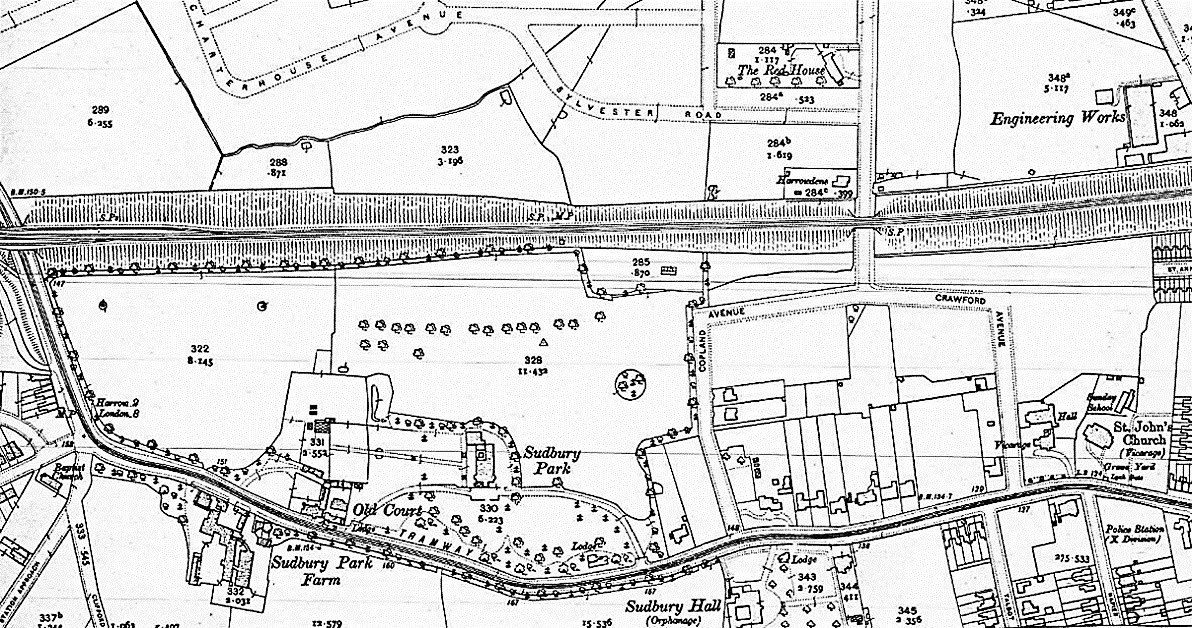
Extract from the 1914 Ordnance Survey map, showing the location of the farm. (Courtesy Philip Grant, Wembley History Society)

1920's Express Dairy postcard order from Sudbury Park Farm Depot (Courtesy eBay)
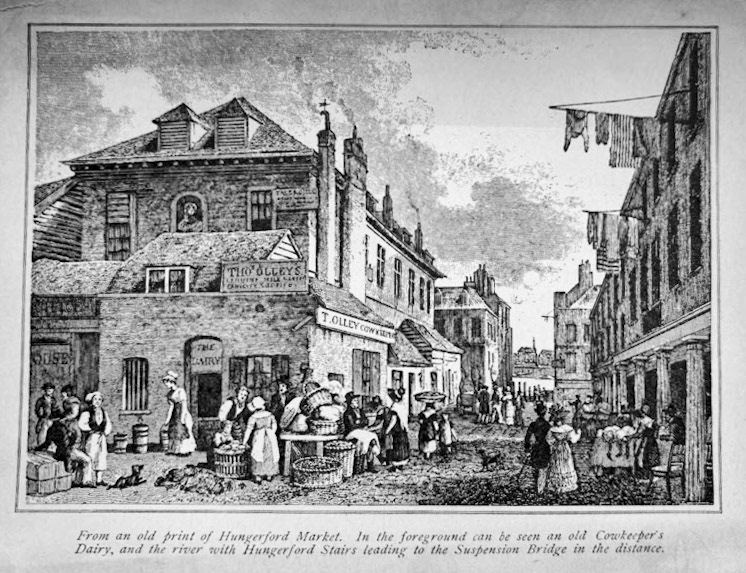
1920's Express Dairy postcard order from Sudbury Park Farm Depot (Courtesy eBay)
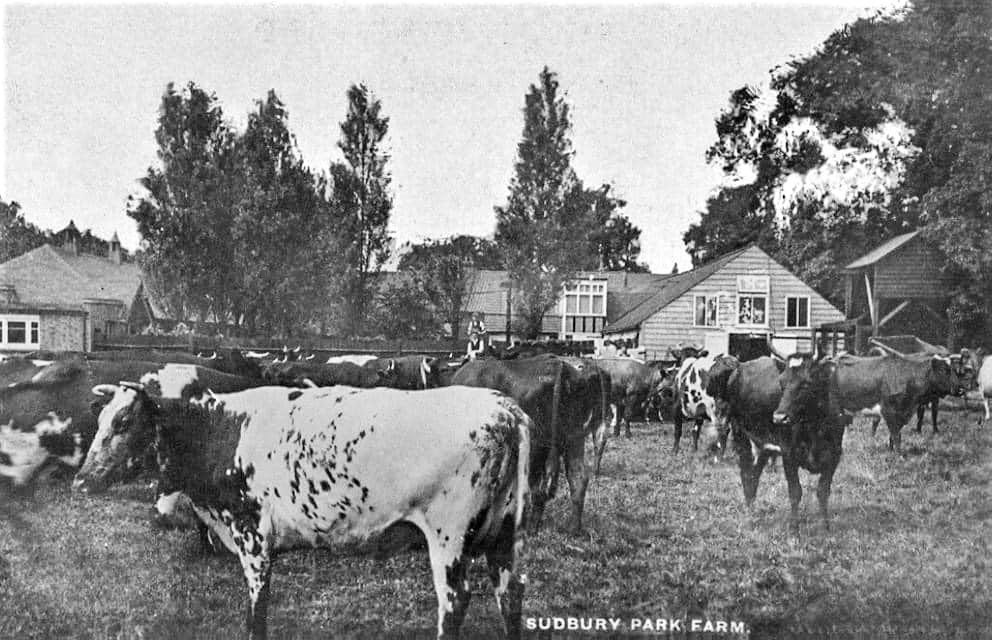
1930's? Sudbury Park Farm (Courtesy Nicole Leybourne, Harrow and surrounding areas past and present)
![Express Dairy advert, from around 1930. [Source: Wembley History Society Collection] (Courtesy Philip Grant, Wembley History Society)](https://cdn.myportfolio.com/2af86ba5-cc2e-48df-9280-3c42031e6b21/a16a8cd2-fe51-4e50-9bde-258540cbf314_rw_600.jpg?h=935e154d037a61ebb46f9f2e057edbda)
Express Dairy advert, from around 1930. [Source: Wembley History Society Collection] (Courtesy Philip Grant, Wembley History Society)
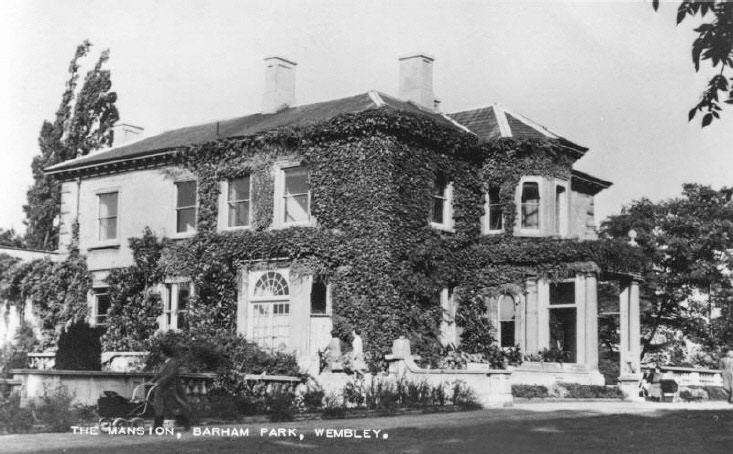
1950c Barham Park Mansion. Originally called Sudbury Lodge, built in the late 1840’s for the sisters Anne and Frances Copland, in the grounds of an estate left to them by their father. In 1895, it was bought by George Barham, the founder of the Express Dairy Company, who renamed it Sudbury Park, and ran a model dairy farm across Harrow Road from his new home. George’s son, Titus Barham inherited both the dairy business and the estate in 1913, and developed the gardens for his own pleasure, and for others to enjoy at charity events he hosted. When he died in 1937, he left the mansion and its grounds to Wembley Council, which named them Barham Park in his memory. (Courtesy Brent Archives, online image 9593)

1956 Titus Barham set up an English branch of the Walker-Gordon Laboratory, with a shop and laboratory near Harley Street, using supplies from the Sudbury Park (Wembley) Model Farm. (Express News September)
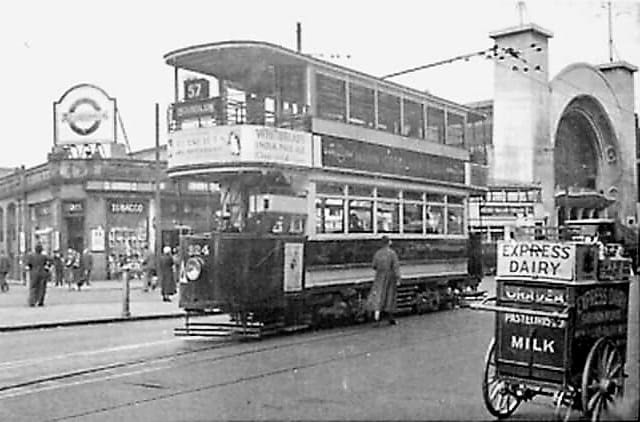
Sudbury Park Farm Hand Truck (Courtesy Richard Gaylard)

Sudbury Park Farm Reg: UKX 185 in Preston Road. (Courtesy Paul Luke)
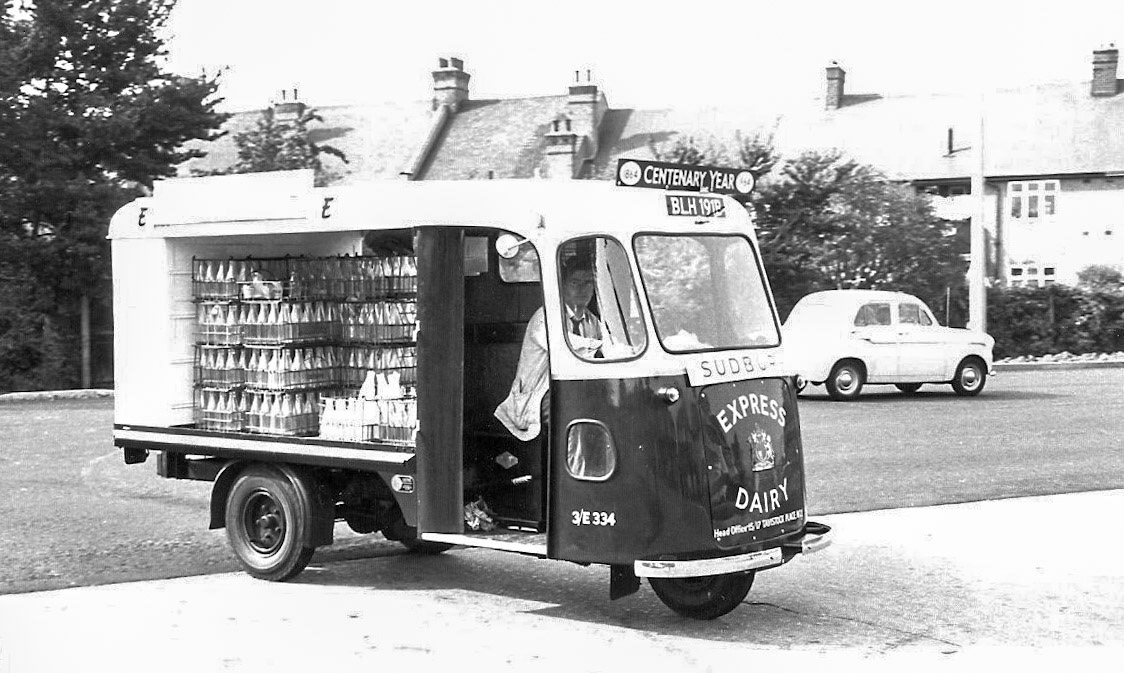
Sudbury Park Farm Reg: BLH 191B, Fleet 3E 334 (Courtesy Paul Luke)
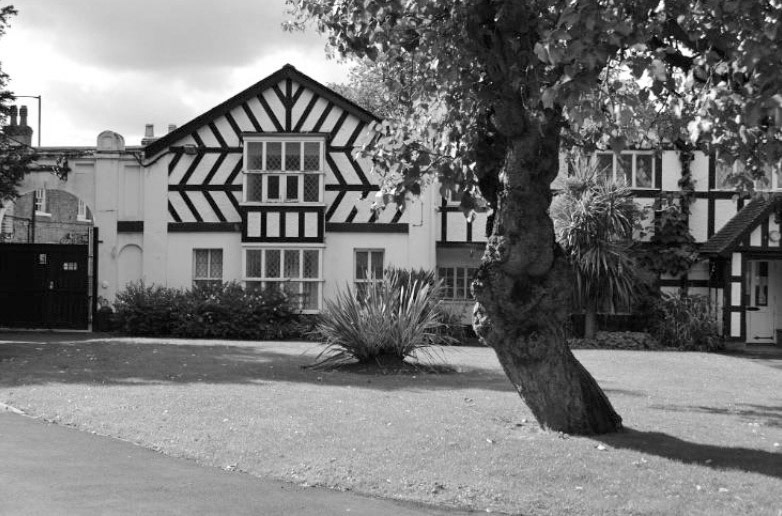
2015 The former Barham Park Library. Fifty years later, the ancient mulberry tree still stands in front of the buildings. The library passed to the newly formed London Borough of Brent in 1965, and continued as one of a network of smaller local libraries across its area for many decades. Part of the library building was converted in the late 2000’s, to provide a new Children’s Centre. Barham Park Library itself was closed in October 2011. (Photo by Friends of Barham Library, Courtesy Wembley History Society)
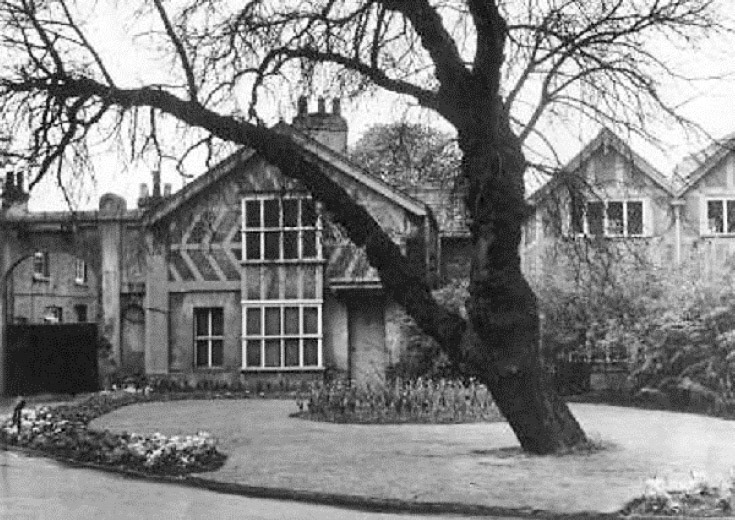
1960c Barham Park Library. The Old Court complex of buildings at Barham Park comprises the original Crab’s House, and additions which were made to it up to the early 20th century. They were part of the estate given to Wembley Council in 1937 by Titus Barham. He often travelled around Sudbury on horseback, and probably used the stables in the courtyard through the gated archway on the left of this photograph. Wembley did not have its own library service, but allowed Middlesex County Council to open a public library here on 31st May 1952, which was to serve the local community for almost 60 years. In its early days, it also displayed some of the numerous artefacts which Titus Barham had collected over the years. (Courtesy Brent Archives, online image 9707)


